Tourism Industry Development is crucial for Vietnam, offering economic opportunities and cultural exchange. SIXT.VN provides seamless travel solutions to help you explore Vietnam effortlessly. From airport transfers to curated tours, discover how SIXT.VN enhances your travel experience with reliable and convenient services. Unlock the best of Vietnam’s cultural attractions, beautiful landscapes, and sustainable tourism options with expert travel guidance.
1. How Does Tourism Industry Development Impact Vietnam’s Economy?
Tourism industry development significantly boosts Vietnam’s economy. According to the Vietnam National Administration of Tourism, the tourism sector contributes around 10% to the country’s GDP. Increased tourism leads to higher revenues for local businesses, job creation, and foreign exchange earnings. Thriving tourism supports related industries such as hospitality, transportation, and handicrafts. By attracting international and domestic visitors, Vietnam’s economy becomes more robust and diversified.
1.1. Job Creation and Employment Opportunities
Tourism creates numerous job opportunities across various sectors. Hotels, restaurants, tour operators, and transportation services all require staff. The informal sector, including local markets and street food vendors, also benefits from increased tourist activity. According to a report by the General Statistics Office of Vietnam, the tourism sector employs millions of people, making it a significant source of income for many families. Development of tourism infrastructure and services further drives job growth.
1.2. Infrastructure Development and Investment
Tourism development encourages investment in infrastructure. Governments and private companies invest in roads, airports, and other transportation facilities to accommodate tourists. This infrastructure also benefits local communities by improving connectivity and accessibility. The development of tourist attractions and amenities, such as theme parks and cultural centers, also stimulates investment. According to a report by the World Bank, investments in tourism infrastructure have a positive impact on regional development.
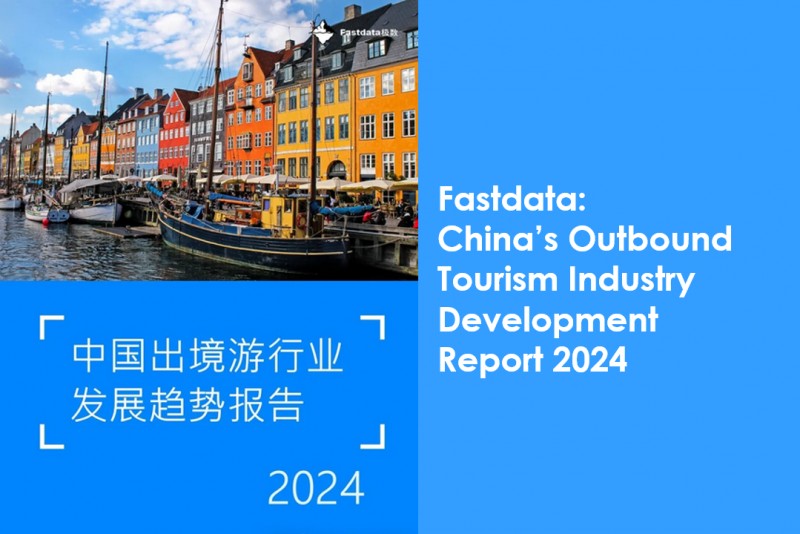 Halong Bay Vietnam Cruise Scenic Landscape
Halong Bay Vietnam Cruise Scenic Landscape
1.3. Foreign Exchange Earnings
Tourism is a major source of foreign exchange earnings for Vietnam. International visitors spend money on accommodation, food, transportation, and souvenirs. These expenditures contribute to the country’s balance of payments and help stabilize the currency. According to the Vietnam National Administration of Tourism, foreign exchange earnings from tourism have been steadily increasing over the years. Attracting high-spending tourists is a key strategy for maximizing economic benefits.
1.4. Support for Local Businesses and Communities
Tourism supports local businesses and communities by providing them with income opportunities. Small businesses, such as family-run restaurants and handicraft shops, benefit from increased tourist traffic. Local communities can also participate in tourism through community-based tourism initiatives. These initiatives allow tourists to experience authentic local culture and traditions while providing income for residents. According to a study by the United Nations World Tourism Organization (UNWTO), community-based tourism can empower local communities and promote sustainable development.
2. What Are The Cultural And Social Benefits Of Tourism Industry Development?
Tourism industry development fosters cultural exchange and understanding. According to UNESCO, tourism can promote cultural preservation and awareness. By interacting with tourists, local communities can share their traditions, customs, and values. Tourism also encourages the preservation of historical sites and cultural heritage. Increased awareness of different cultures can lead to greater tolerance and respect among people.
2.1. Preservation of Cultural Heritage
Tourism can play a crucial role in preserving cultural heritage. The need to attract tourists often leads to the restoration and maintenance of historical sites and cultural landmarks. Funds generated from tourism can be used to support preservation efforts. Cultural festivals and events are also promoted to showcase local traditions. According to a report by the Ministry of Culture, Sports and Tourism of Vietnam, tourism has contributed to the preservation of numerous cultural sites across the country.
2.2. Promotion of Cultural Exchange
Tourism facilitates cultural exchange between visitors and locals. Tourists learn about local customs and traditions, while locals gain exposure to different cultures. This exchange can broaden perspectives and promote understanding. Cultural performances, art exhibitions, and traditional markets provide opportunities for interaction. According to a study by the World Tourism Organization (UNWTO), cultural exchange can foster mutual respect and reduce cultural barriers.
2.3. Increased Awareness and Appreciation of Local Traditions
Tourism raises awareness and appreciation of local traditions. Tourists are often interested in experiencing authentic cultural practices, such as traditional music, dance, and cuisine. This interest encourages locals to maintain and promote their traditions. Cultural tourism can also provide economic incentives for preserving traditional skills and crafts. According to research from TripAdvisor, cultural experiences are a top priority for many international travelers.
2.4. Improved Community Pride and Identity
Tourism can enhance community pride and identity. When local culture is valued by tourists, it reinforces a sense of pride among residents. This can lead to greater community involvement in cultural preservation efforts. Tourism can also create a stronger sense of identity by highlighting unique local characteristics. According to a study by the Tourism Authority of Thailand, tourism has helped strengthen community identity in many rural areas.
3. How Can SIXT.VN Enhance Your Travel Experience In Vietnam?
SIXT.VN enhances your travel experience in Vietnam by providing convenient and reliable services. From airport transfers to hotel bookings and curated tours, SIXT.VN ensures a seamless travel experience. With SIXT.VN, you can explore Vietnam’s attractions without the stress of planning and logistics. Enjoy personalized services tailored to your needs and preferences.
3.1. Convenient Airport Transfers
SIXT.VN offers convenient airport transfer services, ensuring a smooth start to your trip. Pre-book your airport transfer to avoid long taxi queues and navigate unfamiliar transportation systems. Professional drivers provide safe and reliable transportation to your hotel or destination. SIXT.VN’s airport transfer service is available at major airports across Vietnam, including Hanoi’s Noi Bai International Airport.
Address: 260 Cau Giay, Hanoi, Vietnam
Hotline/Whatsapp: +84 986 244 358
Website: SIXT.VN
3.2. Wide Range of Hotel Options
SIXT.VN provides a wide range of hotel options to suit every budget and preference. Choose from luxury hotels, boutique accommodations, or budget-friendly guesthouses. SIXT.VN’s platform allows you to compare prices and amenities to find the perfect hotel for your needs. Enjoy exclusive deals and discounts when you book your hotel through SIXT.VN.
3.3. Curated Tour Packages
SIXT.VN offers curated tour packages that showcase the best of Vietnam. Explore iconic landmarks, hidden gems, and cultural attractions with expert guides. Choose from a variety of tour options, including city tours, historical excursions, and nature adventures. SIXT.VN’s tour packages are designed to provide an immersive and unforgettable travel experience.
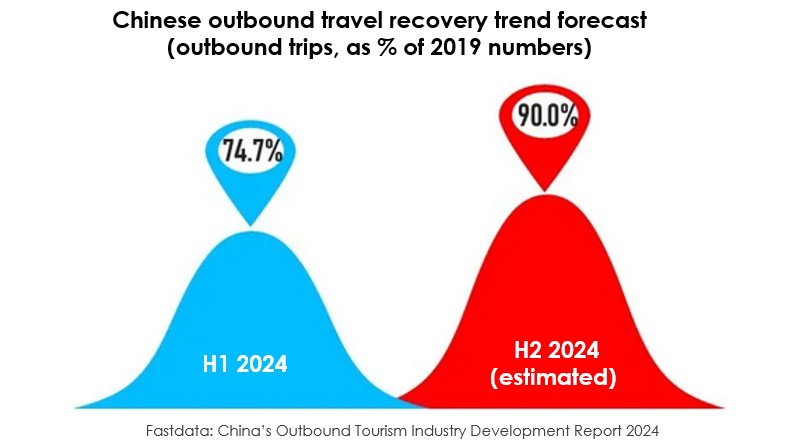 Hanoi City Vietnam Old Quarter Street View
Hanoi City Vietnam Old Quarter Street View
3.4. Personalized Travel Planning
SIXT.VN offers personalized travel planning services to help you create your dream vacation. Work with experienced travel advisors to customize your itinerary based on your interests and preferences. Enjoy expert recommendations on the best places to visit, eat, and shop in Vietnam. SIXT.VN’s personalized travel planning ensures a unique and tailored travel experience.
4. What Are The Top Destinations In Vietnam For Tourism Industry Development?
Vietnam boasts several top destinations for tourism industry development. Hanoi, Ho Chi Minh City, Ha Long Bay, and Hoi An are among the most popular. These destinations offer a mix of cultural attractions, natural beauty, and modern amenities. Developing these destinations sustainably is crucial for long-term tourism growth.
4.1. Hanoi: The Cultural Heart of Vietnam
Hanoi, the capital of Vietnam, is a cultural hub with a rich history and vibrant street life. Explore the Old Quarter, visit Hoan Kiem Lake, and discover ancient temples and pagodas. Hanoi’s tourism industry development focuses on preserving its cultural heritage while providing modern amenities for tourists. According to the Hanoi Department of Tourism, the city attracts millions of visitors each year.
4.2. Ho Chi Minh City: A Modern Metropolis
Ho Chi Minh City, formerly Saigon, is a bustling metropolis with a blend of modern and historical attractions. Visit the War Remnants Museum, explore the Cu Chi Tunnels, and experience the city’s vibrant nightlife. Ho Chi Minh City’s tourism industry development is driven by its dynamic economy and diverse cultural scene. The city offers a wide range of accommodations, restaurants, and entertainment options.
4.3. Ha Long Bay: A Natural Wonder
Ha Long Bay is a UNESCO World Heritage Site known for its stunning limestone karsts and emerald waters. Take a cruise through the bay, explore hidden caves, and enjoy breathtaking views. Ha Long Bay’s tourism industry development focuses on sustainable tourism practices to protect its natural beauty. According to the Ha Long Bay Management Board, the bay attracts visitors from around the world.
4.4. Hoi An: An Ancient Town
Hoi An is an ancient town with well-preserved architecture and a charming atmosphere. Wander through its narrow streets, visit traditional tailor shops, and enjoy delicious local cuisine. Hoi An’s tourism industry development emphasizes cultural preservation and sustainable tourism. The town is a UNESCO World Heritage Site and a popular destination for cultural tourism.
5. How Does The Tourism Industry Development Promote Sustainable Practices?
Tourism industry development can promote sustainable practices by encouraging responsible travel and conservation efforts. According to the Global Sustainable Tourism Council (GSTC), sustainable tourism aims to minimize negative impacts on the environment and local communities. This includes reducing waste, conserving resources, and supporting local businesses. Sustainable tourism practices ensure that tourism benefits current and future generations.
5.1. Eco-Tourism and Conservation
Eco-tourism focuses on responsible travel to natural areas, conserving the environment, and improving the well-being of local people. Eco-tourism initiatives include nature reserves, wildlife sanctuaries, and community-based tourism projects. These initiatives provide economic incentives for conservation and promote sustainable livelihoods. According to a report by The International Ecotourism Society (TIES), eco-tourism is a growing sector with significant potential for sustainable development.
5.2. Community-Based Tourism
Community-based tourism involves local communities in the planning and management of tourism activities. This ensures that tourism benefits local residents and respects their culture and traditions. Community-based tourism initiatives can include homestays, cultural tours, and handicraft workshops. These initiatives empower local communities and promote sustainable development. According to a study by the World Tourism Organization (UNWTO), community-based tourism can reduce poverty and improve livelihoods.
5.3. Reducing Environmental Impact
Sustainable tourism practices aim to reduce the environmental impact of tourism activities. This includes reducing waste, conserving water and energy, and promoting responsible waste management. Hotels and resorts can implement green practices, such as using renewable energy, recycling, and reducing plastic consumption. Tourists can also contribute by choosing eco-friendly accommodations, using public transportation, and respecting local environments.
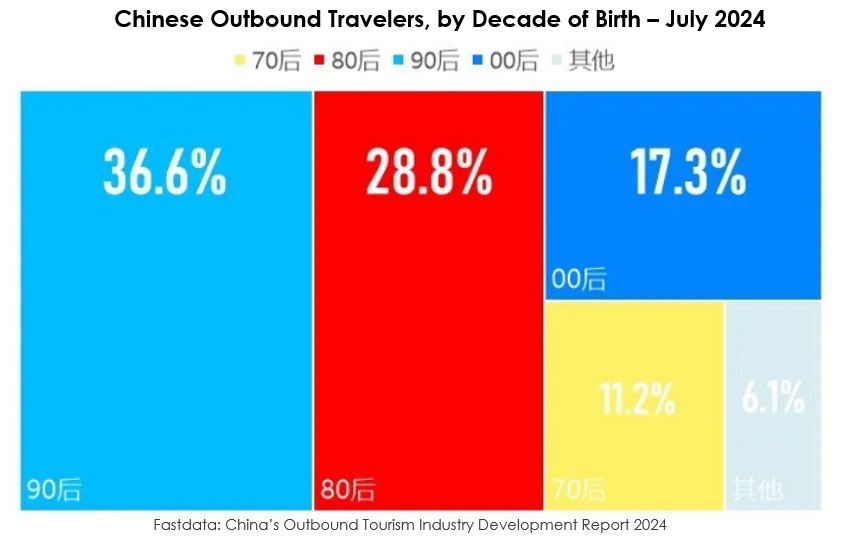 Vietnam Rice Fields Rural Landscape
Vietnam Rice Fields Rural Landscape
5.4. Promoting Responsible Travel
Responsible travel involves making informed choices that benefit local communities and the environment. This includes supporting local businesses, respecting local cultures, and avoiding activities that harm the environment. Tourists can also learn about the local environment and culture before traveling. By practicing responsible travel, tourists can contribute to sustainable tourism development.
6. What Challenges Does Tourism Industry Development Face In Vietnam?
Tourism industry development in Vietnam faces several challenges. These include infrastructure limitations, environmental concerns, and competition from other destinations. Addressing these challenges is crucial for sustainable tourism growth. Overcoming these hurdles will ensure Vietnam remains a top tourist destination.
6.1. Infrastructure Limitations
Infrastructure limitations, such as inadequate transportation and accommodation facilities, can hinder tourism development. Many rural areas lack the infrastructure needed to support tourism activities. Improving infrastructure requires significant investment and planning. Governments and private companies need to work together to develop sustainable infrastructure solutions.
6.2. Environmental Concerns
Environmental concerns, such as pollution and habitat destruction, pose a threat to tourism destinations. Overdevelopment and unsustainable tourism practices can damage natural environments. Implementing sustainable tourism practices is essential for protecting the environment. This includes reducing waste, conserving resources, and promoting responsible tourism.
6.3. Competition from Other Destinations
Competition from other destinations in Southeast Asia and beyond poses a challenge to Vietnam’s tourism industry. Many countries offer similar attractions and experiences. To remain competitive, Vietnam needs to differentiate itself by offering unique and high-quality tourism products. This includes promoting cultural tourism, eco-tourism, and community-based tourism.
6.4. Lack of Skilled Workforce
A lack of a skilled workforce can affect the quality of tourism services. Many tourism businesses struggle to find qualified staff with the necessary skills and experience. Investing in training and education is essential for improving the quality of tourism services. This includes providing vocational training, language courses, and customer service training.
7. What Are The Emerging Trends Shaping Tourism Industry Development?
Emerging trends are shaping tourism industry development globally. These include personalized travel, sustainable tourism, and technology integration. Understanding and adapting to these trends is crucial for remaining competitive in the tourism market. Embracing these trends will ensure Vietnam’s tourism sector thrives.
7.1. Personalized Travel Experiences
Personalized travel experiences are becoming increasingly popular. Tourists want customized itineraries that cater to their specific interests and preferences. Travel companies are using data and technology to create personalized travel plans. This includes offering tailored recommendations, customized tours, and personalized services.
7.2. Sustainable Tourism Practices
Sustainable tourism practices are gaining importance as travelers become more environmentally conscious. Tourists are seeking out eco-friendly accommodations, responsible tour operators, and sustainable destinations. Travel companies are responding by implementing green practices and promoting sustainable tourism initiatives. This includes reducing waste, conserving resources, and supporting local communities.
7.3. Technology Integration
Technology integration is transforming the tourism industry. Online booking platforms, mobile apps, and social media are changing the way people plan and experience travel. Travel companies are using technology to improve customer service, streamline operations, and enhance the travel experience. This includes offering online check-in, digital guides, and virtual tours.
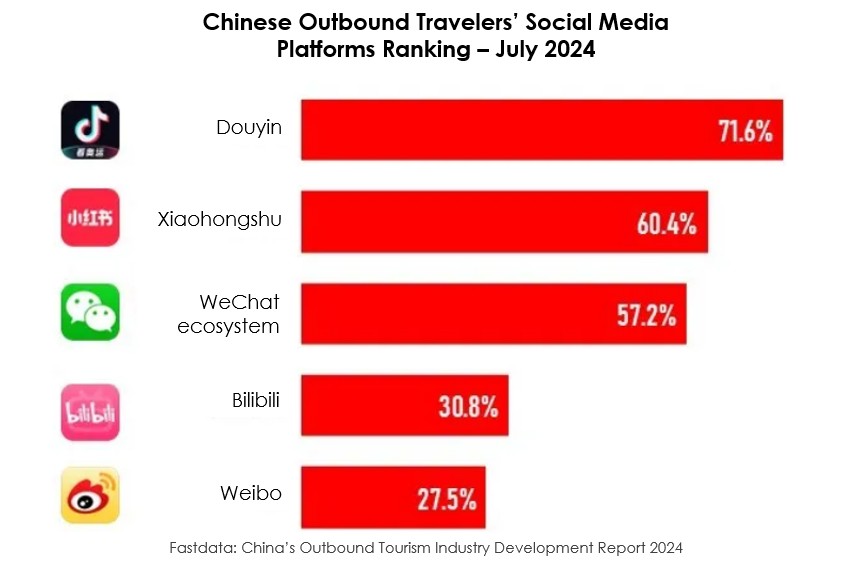 Hoi An Vietnam Ancient Town Lanterns
Hoi An Vietnam Ancient Town Lanterns
7.4. Wellness Tourism
Wellness tourism is a growing trend as travelers seek destinations that promote health and well-being. This includes destinations offering spa treatments, yoga retreats, and healthy cuisine. Travel companies are catering to this trend by offering wellness packages and promoting destinations known for their health benefits. This includes destinations with natural hot springs, clean air, and peaceful environments.
8. How Does The Government Support Tourism Industry Development In Vietnam?
The Vietnamese government actively supports tourism industry development through various policies and initiatives. This includes investing in infrastructure, promoting tourism destinations, and streamlining visa processes. Government support is crucial for sustainable tourism growth. Government initiatives ensure Vietnam’s tourism sector flourishes.
8.1. Investment in Infrastructure
The government invests in infrastructure projects to improve transportation and accommodation facilities. This includes building new airports, upgrading roads, and developing tourism zones. These investments enhance the accessibility and attractiveness of tourism destinations. According to the Ministry of Transport, the government has allocated significant funds for infrastructure development in key tourism areas.
8.2. Tourism Promotion and Marketing
The government promotes tourism destinations through marketing campaigns and promotional events. This includes participating in international tourism fairs, organizing cultural festivals, and launching advertising campaigns. These efforts aim to attract more international and domestic tourists. According to the Vietnam National Administration of Tourism, these promotions have significantly increased tourist arrivals.
8.3. Visa Policy and Regulations
The government has streamlined visa processes to make it easier for tourists to visit Vietnam. This includes offering visa exemptions for certain countries and implementing e-visa programs. These measures reduce barriers to travel and encourage more tourists to visit Vietnam. According to the Ministry of Foreign Affairs, these policies have contributed to increased tourism revenue.
8.4. Sustainable Tourism Development Policies
The government promotes sustainable tourism development through various policies and regulations. This includes implementing environmental protection measures, supporting community-based tourism, and promoting responsible travel. These policies aim to ensure that tourism benefits local communities and preserves the environment. According to the Ministry of Natural Resources and Environment, these policies are essential for long-term tourism growth.
9. What Role Do Online Travel Agencies (OTAs) Play In Tourism Industry Development?
Online Travel Agencies (OTAs) play a significant role in tourism industry development by providing convenient booking platforms and marketing services. OTAs, such as SIXT.VN, connect tourists with hotels, tour operators, and transportation providers. They also offer valuable data and insights to tourism businesses. OTAs drive growth in the tourism sector.
9.1. Booking Platforms and Convenience
OTAs provide convenient booking platforms that allow tourists to easily find and book travel services. These platforms offer a wide range of options and allow tourists to compare prices and amenities. The convenience of online booking has made it easier for people to plan and book travel. According to a study by Phocuswright, online bookings account for a significant portion of total travel bookings.
9.2. Marketing and Promotion
OTAs market and promote tourism destinations and businesses to a global audience. They use various marketing techniques, such as search engine optimization, social media marketing, and email marketing. These efforts help to increase awareness of tourism destinations and attract more visitors. According to a report by Skift, OTAs are a key marketing channel for many tourism businesses.
9.3. Data and Analytics
OTAs collect and analyze data on travel trends, customer preferences, and market demand. This data provides valuable insights to tourism businesses, helping them to make informed decisions about pricing, marketing, and product development. According to a study by McKinsey, data analytics can significantly improve the performance of tourism businesses.
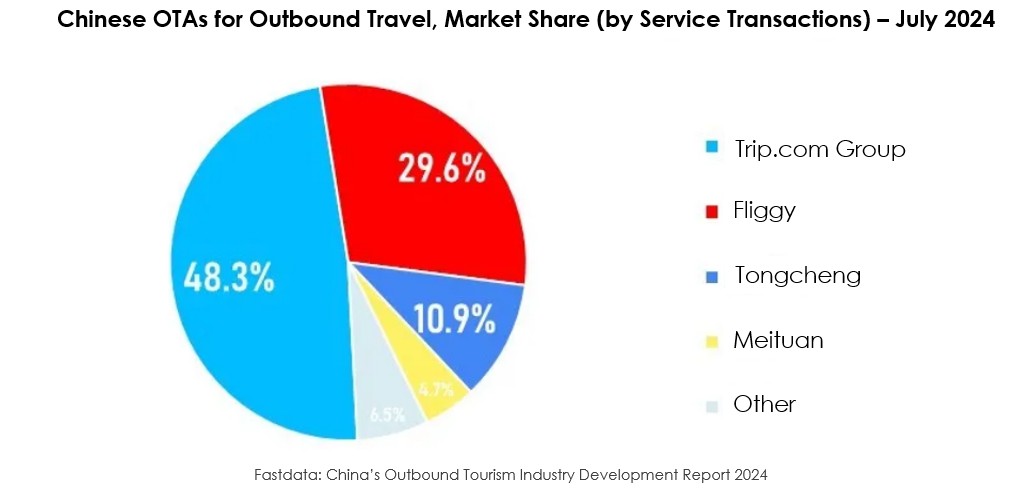 Ha Long Bay Vietnam Sunset Cruise
Ha Long Bay Vietnam Sunset Cruise
9.4. Increased Competition and Accessibility
OTAs increase competition among tourism businesses, which can lead to lower prices and better services for tourists. They also make it easier for small businesses to reach a wider audience. This increased accessibility has democratized the tourism industry and empowered consumers. According to a report by the World Economic Forum, competition and accessibility are key drivers of tourism growth.
10. What Are The Future Prospects For Tourism Industry Development In Vietnam?
The future prospects for tourism industry development in Vietnam are bright. With its rich culture, natural beauty, and strategic location, Vietnam has the potential to become a leading tourism destination. Continued investment in infrastructure, sustainable tourism practices, and innovative marketing strategies will drive future growth. Vietnam’s tourism sector is poised for continued success.
10.1. Continued Growth and Investment
Continued growth in tourism is expected in the coming years, driven by increasing disposable incomes, rising global travel, and effective marketing strategies. This growth will attract further investment in tourism infrastructure and services. According to forecasts by the Vietnam National Administration of Tourism, tourist arrivals are expected to increase significantly in the next decade.
10.2. Focus on Sustainable Tourism
A growing focus on sustainable tourism will shape the future of the industry. Tourists are becoming more environmentally conscious and are seeking out responsible travel options. Travel companies and destinations will need to prioritize sustainability to remain competitive. This includes implementing green practices, supporting local communities, and promoting responsible travel.
10.3. Technological Advancements
Technological advancements will continue to transform the tourism industry. Artificial intelligence, virtual reality, and augmented reality will enhance the travel experience. Travel companies will use technology to personalize services, streamline operations, and improve customer satisfaction. According to a report by Deloitte, technology will play a key role in shaping the future of tourism.
10.4. Diversification of Tourism Products
Diversification of tourism products will be essential for attracting a wider range of tourists. This includes developing new attractions, promoting niche tourism segments, and offering unique experiences. Vietnam has the potential to develop medical tourism, educational tourism, and adventure tourism. According to a study by the World Tourism Organization (UNWTO), diversification is a key strategy for sustainable tourism growth.
Ready to explore the wonders of Vietnam? Let SIXT.VN be your trusted travel partner. From convenient airport transfers and comfortable hotel bookings to curated tour packages and personalized travel planning, we ensure a seamless and unforgettable experience. Contact SIXT.VN today to start planning your dream vacation in Vietnam!
Address: 260 Cau Giay, Hanoi, Vietnam
Hotline/Whatsapp: +84 986 244 358
Website: SIXT.VN
FAQ About Tourism Industry Development
1. What is Tourism Industry Development?
Tourism industry development refers to the strategic and sustainable growth of the tourism sector in a region or country. It involves enhancing infrastructure, promoting attractions, and ensuring a positive experience for visitors.
2. Why is Tourism Industry Development Important?
It’s important because it stimulates economic growth, creates jobs, preserves cultural heritage, and fosters international understanding. Tourism can significantly boost a country’s GDP and improve the quality of life for local communities.
3. How does SIXT.VN contribute to Tourism Industry Development in Vietnam?
SIXT.VN provides convenient and reliable travel services such as airport transfers, hotel bookings, and curated tours, making it easier for tourists to explore Vietnam. This enhances the overall travel experience and encourages more visitors.
4. What are some challenges facing Tourism Industry Development?
Some challenges include infrastructure limitations, environmental concerns, competition from other destinations, and a lack of a skilled workforce. Addressing these challenges is crucial for sustainable growth.
5. What are the benefits of Sustainable Tourism?
Sustainable tourism minimizes negative impacts on the environment and local communities, conserves resources, supports local businesses, and ensures that tourism benefits current and future generations.
6. How can Technology Enhance Tourism Industry Development?
Technology enhances tourism by providing online booking platforms, personalized travel experiences, improved customer service, and streamlined operations. Mobile apps, digital guides, and virtual tours also improve the travel experience.
7. What role do OTAs play in Tourism Industry Development?
OTAs (Online Travel Agencies) provide booking platforms, marketing services, and valuable data to tourism businesses. They connect tourists with hotels, tour operators, and transportation providers, driving growth in the sector.
8. How does the Vietnamese government support Tourism Industry Development?
The Vietnamese government supports tourism by investing in infrastructure, promoting tourism destinations, streamlining visa processes, and implementing sustainable tourism policies.
9. What are the emerging trends in Tourism Industry Development?
Emerging trends include personalized travel experiences, sustainable tourism practices, technology integration, and wellness tourism.
10. What are the future prospects for Tourism Industry Development in Vietnam?
The future prospects for tourism in Vietnam are bright, with continued growth expected. A focus on sustainability, technological advancements, and diversification of tourism products will drive future success.



